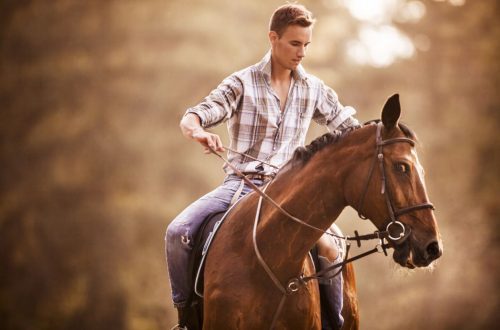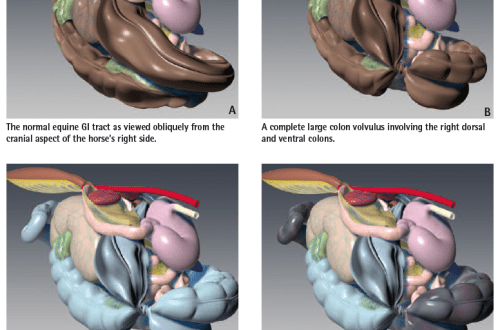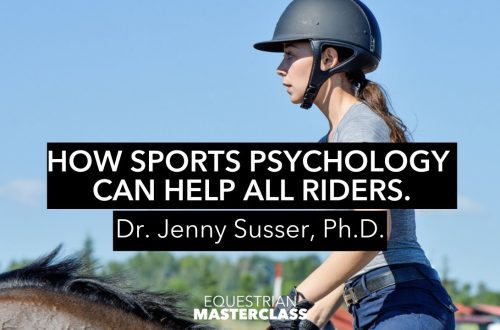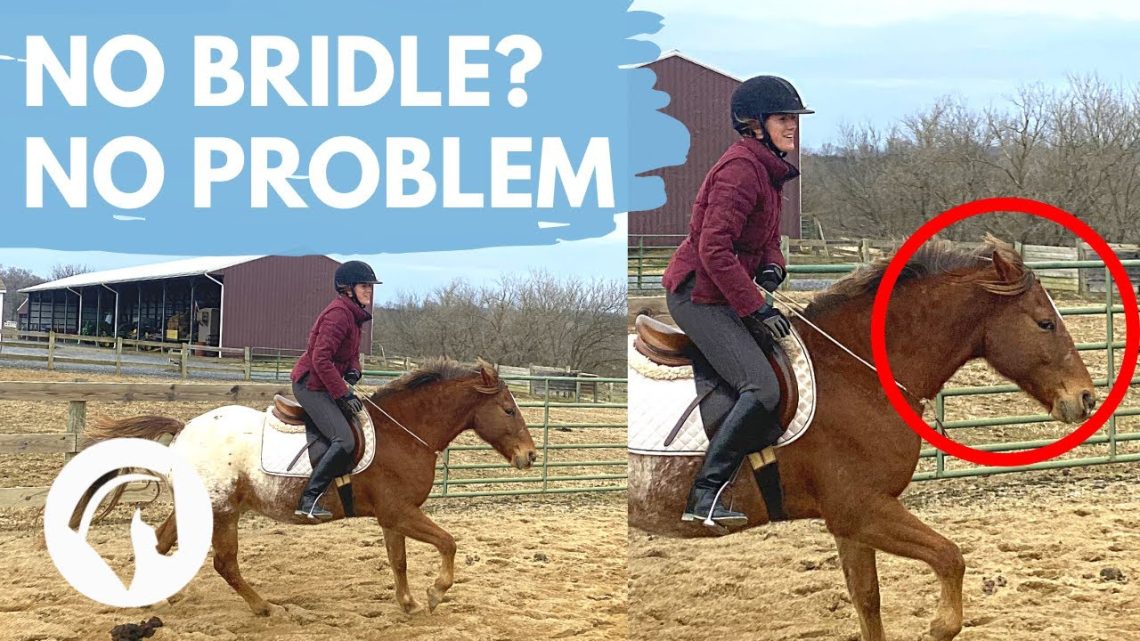
How to teach a horse to handle without a bridle?
How to teach a horse to handle without a bridle?
Just like all horsemen, I was once thirteen, fourteen, fifteen years old … Just like most guys, I had the idea of riding a horse without iron. In those days, my father and I went to field rentals, where we were known for a long time and were given full carte blanche. It was there, having a very superficial understanding of “natural relationships”, that I began to experiment with riding without iron. How? Very simple. She put a halter on the horse, fastened the reins to it and … rode into the fields, into the forests … I even went on a horse trip once, driving a mare on a halter.
Parents, having even more vague ideas about such methods of work, could not soberly assess the risks, so they did not prohibit such experiments. The instructors who issued the horses to us completely trusted my father, with whom we rode together, and, apparently, shifted the responsibility to him. And my brain worked in much the same way as the brain of most fifteen-year-olds works: there was an ideal picture of the world and complete confidence in their own abilities and skills. It’s a miracle I didn’t die…
Years have passed. A lot has changed. Having gained experience and having seen many dozens of different horses, I realized that everything is not so simple. And almost parted with the dream of ironless driving. But after two years of taking one gelding, at some point I began to understand that everything is possible …
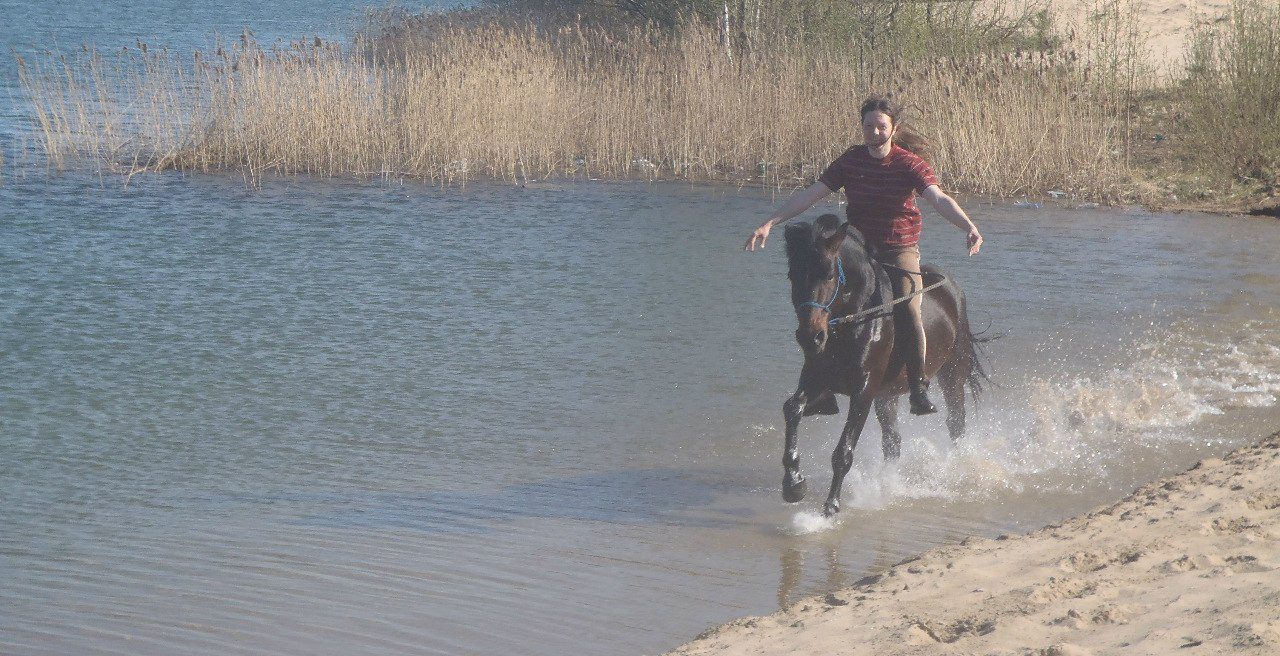
And then, a year after buying my own horse, I found that without a bridle, he remains as controllable as with one. The stable where we stood was a small, domestic type. Girls and older girls went there to help. Watching me return from the fields, driving my stallion on a halter or on a cordeo (rope around the neck), many asked:
– Ksyusha, teach us the same! Tell me how to teach a horse to handle without a bridle? ..
Then I had a universal answer, which I want to voice to you, dear readers:
– Everything is very simple. Ride the bridle as long as you need it to steer. When you notice for a long time that you do not use it at all, take off the bridle, and nothing will change!
Usually, after this phrase, they stop asking me questions, because everyone wants to get a “golden key” … But when we talk about interaction with an animal weighing about 500 kilograms, this “golden key” can lead us either to the hospital or to the next world. I am not kidding. And I think that I was really VERY LUCKY that I didn’t kill myself once in those fields … This is solely the merit of the Guardian Angel, who had the enthusiasm to chase me at a gallop and patiently wait for the girl to grow wiser.
So, let’s take a closer look at the answer to a question that worries many teenagers and beginners in the equestrian world, as well as those who have been communicating with horses for a long time, but for whom the main methods of interacting with them remain a mystery.
First, a person should try to be as simple and understandable as possible for a horse. It is desirable that all commands are given in sign language, in the language of emotions and energy – just like horses communicate with each other. I do not advise anyone to engage in training, using a voice as a command, and a tasty treat as a motivator, if you do not understand the deep essence of this process. I note that when I began to ride my horse without iron, I basically did not use voice commands and treats. The horse should respect you, not a piece of biscuit. First of all – unconditional respect and trust of the horse in you.
I want to draw attention to one subtle point. Often I hear comments like this:
– Oh, you ride your horse without iron, so you trust him very much! ..
No. No. And once again – NO. I don’t trust him one ounce. I only trust myself. I trust my skills: that I was able to soberly weigh all the risks, that I know enough about this particular animal, and that in any force majeure situation I will be able to switch the attention of this particular animal to myself in a few seconds.
Probably, for clarity, an example is needed … We are returning from the fields, driving along the edge of a not busy road. I drive a cordeo horse. Let’s go to the stables. There are dense bushes along the road. We were just passing the turn when a large passenger bus overtook us from behind at a decent speed. Yes, at this moment the horse jumps in surprise and gallops in a race with the bus. But he does only two or three strides of the gallop and immediately, at the level of instinct, slows down when I give him the appropriate command with the body, leg, and only slightly reinforce the signals of the body by stretching the cordeo. I don’t use my voice at all.
So. Never trust a horse! Never ever. You can only rely on yourself, on your skills, on your ability to capture the horse’s attention, on your reaction, on your sober assessment of the situation. Trust yourself 120% and the horse 0%. Thus, you will protect yourself as much as possible and there will be no thoughts like: “Let me try to ride it on a halter – what if it will obey? ..”
I’ll tell you one case. Some of my students, after leaving the appointed time on horseback, went to the field to graze horses and let me go home. Before the field, 300 meters, it was necessary to go along the same asphalt road, where cars and buses periodically drove. The horses were on halters and cords. Once a student boasted: “Yesterday I rode Rubin to the stable! He listens so well on the halter! Now they will always drive like this from the field. I say: “Okay. Ride. I do not forbid. But keep in mind that you are driving on an asphalt road without a helmet. If a car passes by at speed and the horse shied away, you would fall headlong on the asphalt. If you understand the possibility of such a situation, go.” To this the student replied: “I understand everything. I won’t do that again.” The main thing is to understand and accept the measure of responsibility. And then – do what you want, at your own peril and risk.
However, I promised to tell you how to teach a horse to handle without a bridle. Well – I will not beat around the bush for a long time. I understand that many are interested in the teaching methodology, and not all the risks and responsibilities …
First of all, you need to understand: horse controlled without iron, it is at the level of automatism must obey the commands of the body and leg.
The most important thing is to get away from the influence of the rein during braking and stopping.. How? Teach the horse to stop on body command. We sit deep in the saddle, hug the horse with our legs, the leg is evenly pressed, the heel is lowered down. Firmly press the gateway and gently pull the body back. The hand with the rein turns on last, a fraction of a second behind the body. Ideally, the horse should slow down without waiting for a hand command.
Next turns. We sit deep, heels down. We transfer the center of gravity to the inner ischium, slightly turn the shoulders in the direction of rotation. The inner leg is tightly pressed, and the outer one gives light impulses. Hands only slightly suggest the direction.
… Here is a horse that is driven without a bridle …
Can you put the rein on the withers and ride for an hour, two, three (not only on the parade ground, but also on rough terrain, in three gaits, including a frisky gallop), and never touch the rein? Then you can really take off the bridle from the horse. After all, in this case, neither your methods of control, nor the behavior of the horse will change. Perhaps the horse will not even notice that something is missing.
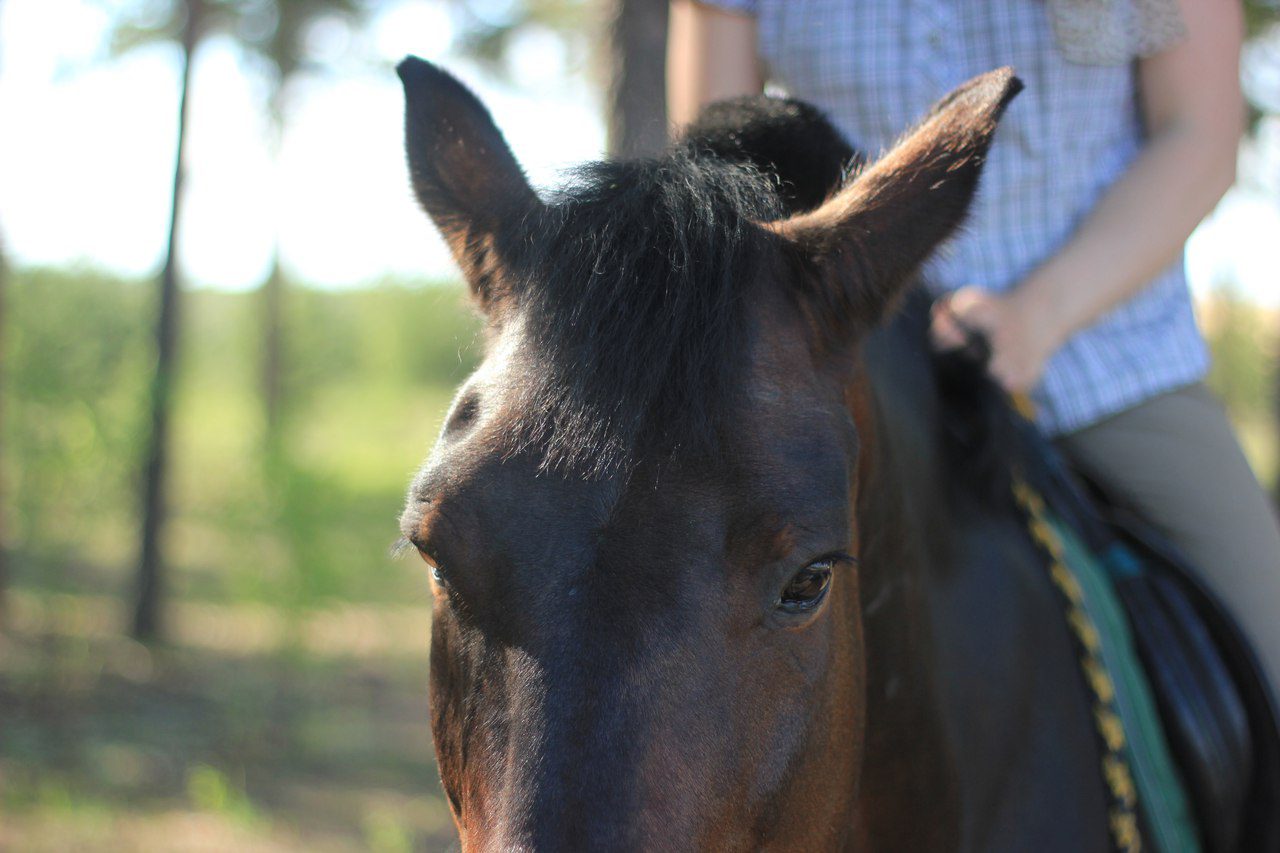
However, there is one important and difficult point. If the horse obeys you perfectly, but there is at least one “BUT” – this is NOT PERFECT. In this case, the risks increase hundreds of times, and such experiments can end sadly … Let me explain. You have a complete understanding with the horse, he is perfectly controlled, carries out all your commands, understands you from a half-look … But you know that he is afraid of tractors. At the sight of a working tractor, his brain turns off, and you can only cope with it with great difficulty. In this case, keep in mind: the horse is doing you a favor by cooperating with you. While he is pleased, interesting and profitable – he respects you. But as soon as something more interesting (more terrible, more tasty) appears, it starts to ignore your commands. Even if this “BUT” is just one thing … Do not flatter yourself and say:
– Here, everything is perfect with the horse, he obeys me so well, but he is only afraid of tractors …
This means that you need to work on respect and trust as much as it takes to ensure that the horse passes the tractor calmly and relaxed, fully relying on your ability to control the situation and carefully listening to your commands.
Only when there is not a single “but” left – it will be possible to say with full confidence that the animal trusts you, respects you as a leader and obeys unquestioningly.
… The catch is that when a person and a horse reach the level described above, questions on the topic “how to teach a horse to handle without a bridle?” fall away by themselves… In the meantime, you have them – observe, learn, improve your skills.
When you, understanding and accepting all the risks and responsibility, feel that you can remove the ammunition from the horse, and he will obey you in the same way as with her – then yes, you can do it. But believe that fifteen-year-old girl who once was a rock in the fields on a halter: do not rush! If you really want something, you will get it. And, if you go slowly, calmly and measuredly, you can reach the goal much faster than it seemed at first … And when this goal is achieved, even more distant, limitless horizons will be revealed ahead, which are opened by interaction with the horse.
Ksenia Krotova, horse riding and hippotherapy instructor, author of the book “Horse, rider, instructor: how to understand each other?”



